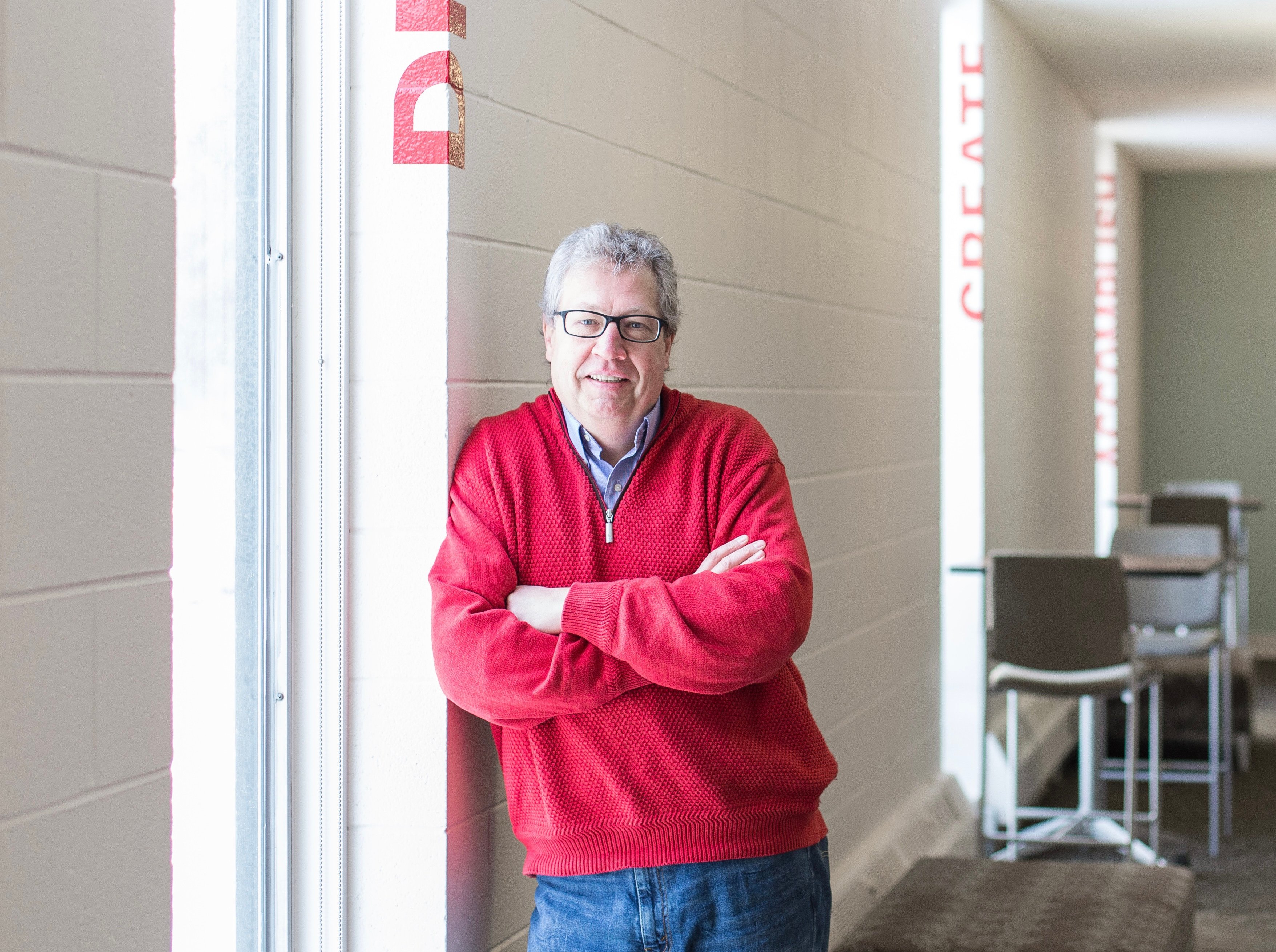Nurse Innovator Spotlight: Michael Ackerman
"I have the best job because I can go in and just be creative," that's what Michael Ackerman, PhD, RN, FCCM, FNAP, FAANP, FAAN, says about his role, which blends nursing, education, and technology.
As the director of the Center for Healthcare Innovation and Leadership in the College of Nursing at The Ohio State University, Michael is creating and transforming the way nursing students learn. In this Reimagining Nurse Innovator Spotlight, Michael shares his journey into nursing, practice readiness, and why he really might have the best job.
While in high school, Michael worked in emergency medical care and disaster simulations. His family doctor discovered his interest in health care and introduced Michael to the director of nursing at their local hospital, which resulted in Michael working there as a volunteer. He went on to spend much of his high school years volunteering, and when it was time to decide what to do after graduation, he landed on nursing. "I looked at medicine, nursing, and other fields in health care. I realized I didn't want to do what the physicians were doing—I wanted to do something more hands-on."
After nursing school, Michael began his career in the intensive care unit. During that time, he developed a medical device evaluation center at the University of Rochester, where they looked at new medical technology and studied its effectiveness. "I've been in the innovation space my whole career," and that led him to The Ohio State University, where teaches students using technology not often associated with nursing.

Reimagining Nursing Education
The Ohio State's approach to nursing education is why the American Nurses Foundation's Reimagining Nursing Initiative funded their project Disrupting Nursing Education with XR, AI and ML. Through the College of Nursing and College of Engineering, the project is utilizing technology-enabled learning tools such as extended reality, machine learning, and artificial intelligence to ensure students have and can demonstrate the skills they need post-graduation. Michael says the goal is to address practice readiness. "We now have reconceptualized that practice readiness is a journey that starts at the beginning of nursing school and continues after graduation into practice."
Students participate in a variety of high-stakes situations, including being patients themselves. Through avatars, the project allows students to work through any biases they might have. Michael says it's one of the more powerful tools they have to address equity and how it shows up in patient care. "Extended reality provides a safe environment where students can experiment and where they can go back and correct mistakes. It's also one of the only ways students can truly empathize with patients."
So far, students have engaged in more than 2,000 simulations—all designed to help them progress at a more individualized pace while allowing educators to assess each student's competency adequately.
With support from the Reimagining Nursing Initiative, the project will test their model, hoping other nursing schools can easily adopt what they learn and help better prepare future nursing students.
Innovating education and practice
Michael's work is in and outside of the classroom. He's a crucial conversations trainer—guiding healthcare professionals in creating healthy environments that promote a culture of well-being and allow for different opinions to be safely expressed. In the last 15 years, he's trained more than 1,000 people.
He maintains a private practice and a year ago began providing cardiology consultations at a clinic that works with underserved populations. His role at The Ohio State University allows him to think of groundbreaking ways to improve the way nursing students learn. And although his time is often stretched thin, Michael says it's all deeply rewarding. "Every day is something new and different. I'm having fun. I know it's a cliché, but if you enjoy what you're doing, you'll never work a day in your life."